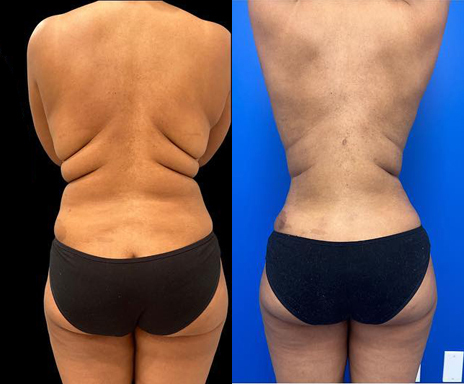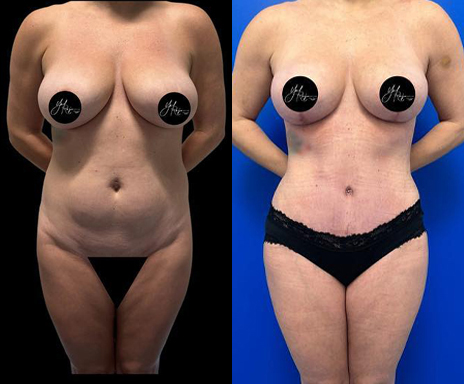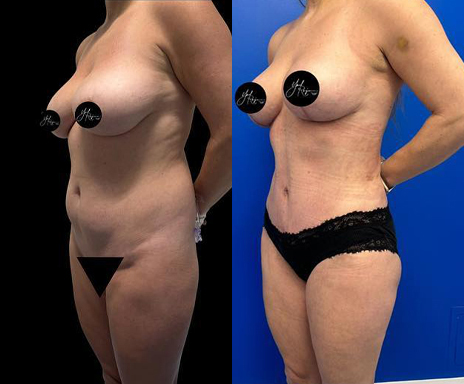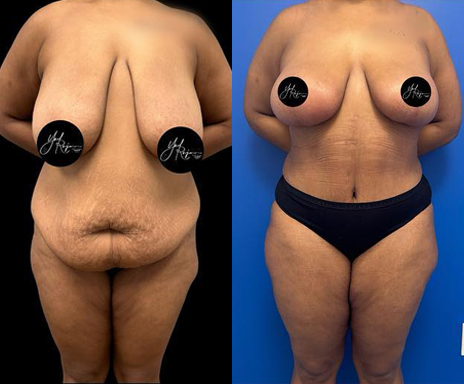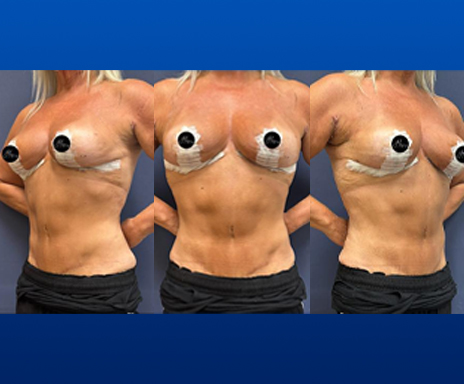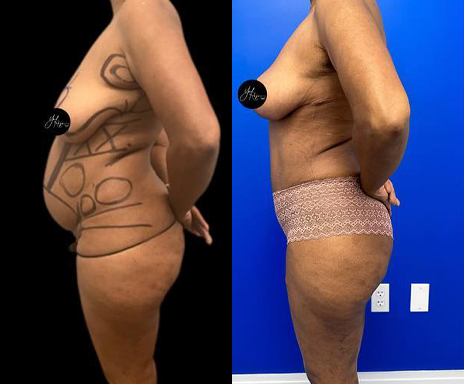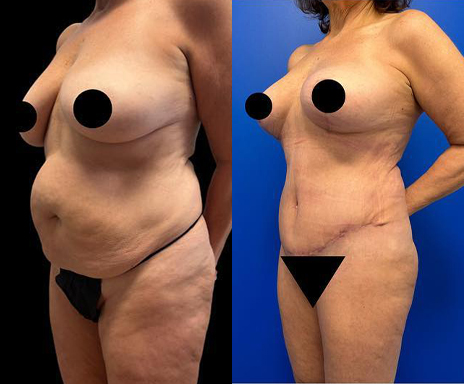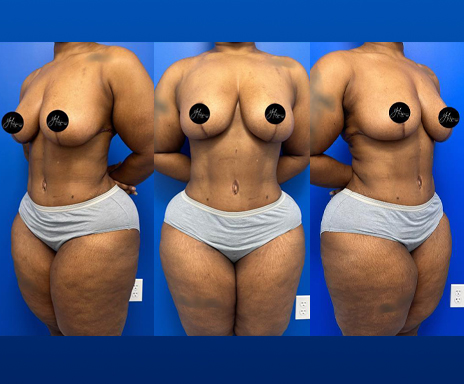
what is Female Calf Lipo + Heating?
Calf liposuction can change the profile of the entire lower leg. Excess fat in the calves is often genetic, meaning that biking, walking, or working out may not achieve the desired results.
If you’re considering lipo to reduce thick calves, Dr. Rojas can help reshape your lower legs through liposuction. Getting you smooth, tight, and toned calves.
Calf liposuction will give you muscle definition and/or enhance an already present (but hidden) muscle definition. This is warranted when you have excess fat that prevents showing the lines on either side of the calf.
How Dr. Rojas Calf performed Liposuction performed?
Dr. Rojas uses tumescent liposuction to remove excess fat cells and slim down the calves. Tumescent lipo is the safest and most used liposuction method in the US. Tumescent liposuction uses a saline solution to numb the treatment area. General anesthesia isn’t required in selected cases. Liposuction is performed as an outpatient procedure.


Who is a good candidate for Calf Liposuction?
Ideal candidates for calf lipo should be in good overall health, close to their ideal body weight, and have good skin elasticity. Liposuction is not a weight-loss tool. To qualify for calf lipo, any excess bulk in your calves must be caused by fat cells. If the bulk is caused by muscle, you may not be eligible for calf lipo. Fat can be liposuctioned; muscle cannot.


